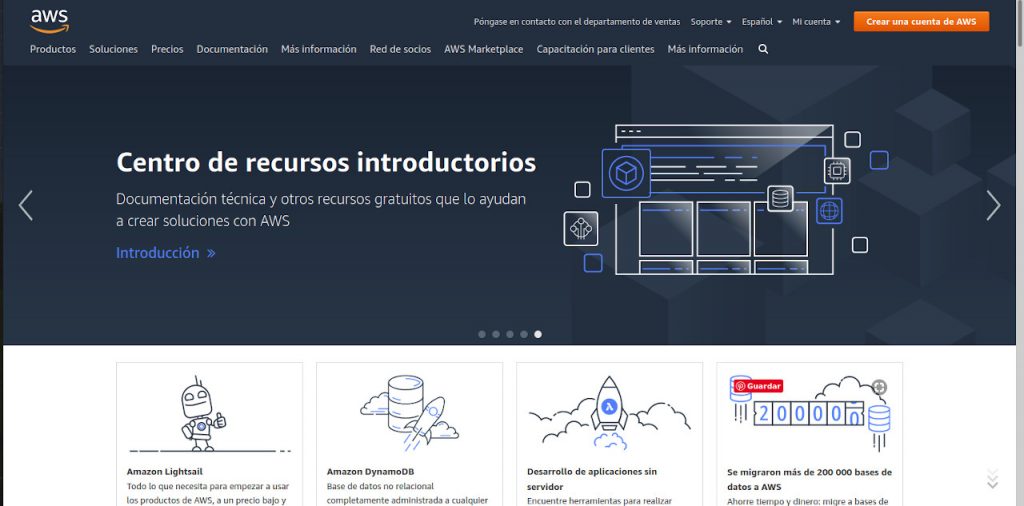We come to the third in this series of articles dedicated to spreading the basics of cloud computing and open source alternatives available so that users can continue to maintain control of the privacy and ownership of their data.
En first We review the technological background that would lead to the emergence of the cloud computing paradigm and second we list the most important milestones that led to it being predominant.
Given that this series aims to be longer than one of the sagas of Rick riordan, take advantage of the comment form to suggest what topics you want us to cover related to the cloud.
For the purposes of this article we consider cloud computing as a form of resource management computer in which local equipment and storage devices are replaced by virtual infrastructurel. User access to storage and processing resources occurs remotely. While, resources are allocated instantly as the user needs it.
In this series of articles we use a lot the word outsourcing. As I explained in the first post, it does not refer to the ownership of the computer equipment used, but to the delegation of tasks that were previously done on the user's local computer to a remote computer.
The types of cloud. What is the public cloud
As technology advances, the boundaries between the types of solutions available are blurring. However, since this blog is more aimed at amateur users than professionals, we can use the following criteria according to parameters such as ownership, objectives, number of users and the form of management.
This is how we can talk about:
Public cloud: The property and resource management is in charge of a third partyor who assigns them according to the needs of different end users that have no relationship with each other.
Private cloud: It is a cloud computing solution developed for a specific user (Note that this user is usually a large organization) It is possible that this user is the owner of the resources and / or that these are physically housed within their facilities.
Hybrid cloud: In this case we have a combination of the previous two. Some degree of exchange between the two is possible.
Multicloud: Here we are upping the ante. In this case users have access to multiple clouds of both types. These may or may not be interconnected.
The public cloud
A public cloud consists of a set of services provided in virtual form. These services are provided by a third party that operates the necessary hardware and software and allocates resources according to customer needs. The assignment is usually done automatically.
Regarding the software and hardware necessary for its operation, Public clouds are created in the same way as private clouds. The two types use a set of technologies to virtualize resources in shared groups, add a layer of administrative control, and automate self-service functions. What makes a cloud public is that the recipients of the service are multiple clients individual.
The great challenge is to ensure that all this technology is homogeneously integrated with each other and with the technology used internally by each of the clients.
How a public cloud works
The best way to understand how a public cloud works is to think about the way we have access to electricity, gas or running water.
Even those of us who own the house we live in are not the owners of the water we drink, the gas with which we heat our food or the electricity with which we light ourselves. More importantly, we also have no responsibility to maintain the infrastructure that makes it possible for them to reach us.
The same is true for the public cloud service. As users, we do not own the hardware we use, we cannot make decisions about the software that runs, nor do we have to worry about application updates or taking the servers to repair when one stops working.
Is it a good idea to apply the public services model to data?
When we get to the pros and cons, we'll see.
